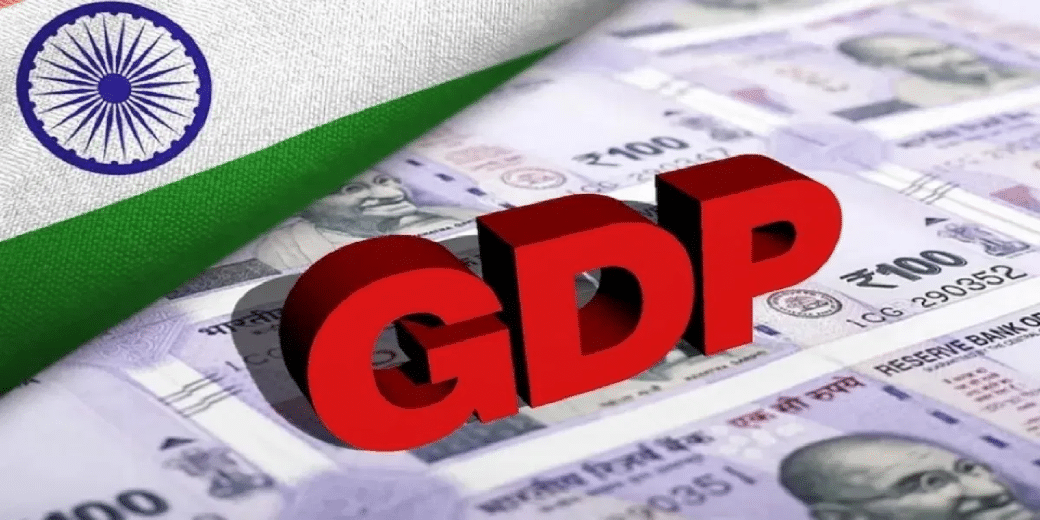If GDP growth in Q2 holds pleasant surprise, cheer urban consumer
While economists expected a GDP growth rate of 6.5%, analysts are now hopeful that the curve might move closer to 7%

With rural demand floundering, the onus of holding up the growth curve of the economy seems to have fallen on urban consumption and expansion of services. A report by the Business Standard has said that in the July-September quarter the Indian economy is likely to post a growth rate that might be higher than the anticipation of most.
While economists expected a GDP growth rate of 6.5%, analysts are now hopeful that the curve might move closer to 7%.
This hope was also evident in the voice of RBI governor Shaktikanta Das, who recently said that the rate might be a pleasant surprise. Earlier, the central bank had forecast a 6.5% growth for Q2 of FY24.
A few indicators such as sales of domestic passenger vehicles and domestic passenger aviation traffic that often serve as a proxy for demand from the urban segments, helped in this assessment. These two indicators recorded growth rates of 21.5% and 23.1% respectively in the July-September quarter.
Among other indicators bank credit posted growth of 19.8% in Q2 compared to 15.8% in the April-June quarter. The purchasing managers’ index for services inched up from 60.6 in Q1 of FY24 to 61.1 in Q2.
Support came in from elsewhere too:
Electricity consumption rose 139% and the index of industrial production went up by 7.34%. The vital indicator of steel output raced ahead at 19.23% while the other crucial item for construction, cement, recorded 10.3% growth in production.
“Urban consumption, along with growth in services, particularly financial services, continues to be the driving factor for the Indian growth story. The data from high-end luxury products sales, passenger vehicles, domestic air traffic, along with growth in personal loans, shows the growth momentum experienced in the first quarter has spilled over into the following quarter. We expect growth to remain at 69%,” said Paras Jasral, senior economic analyst, India
Ratings:
IDFC Bank seemed to concur. “Consumption is led by urban demand, supported by strong government expenditure at both the (central) and state levels which has supported capex cycle recovery. The combination of government capex and strong growth in real estate services has supported the construction sector with pick-up in steel consumption and cement production,” it said in a statement.
The governments, both at the central and state level, liberally spent on capital expenditure, the great driver of the economy. While central capex grew at 24.6% that at the state level rose 39.6% during the April- September quarter.